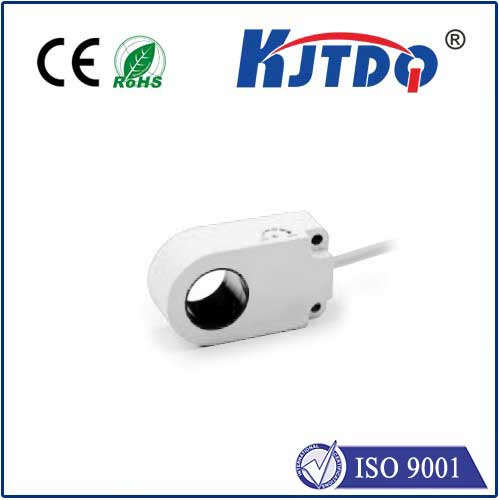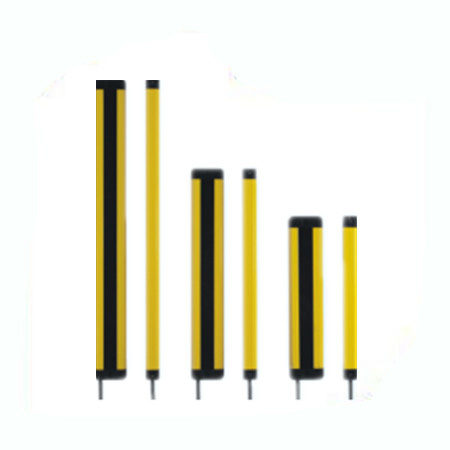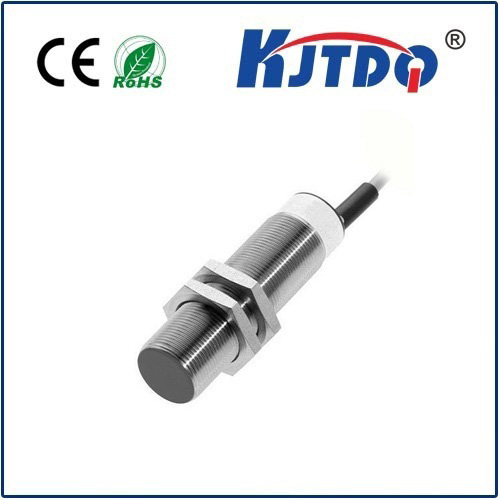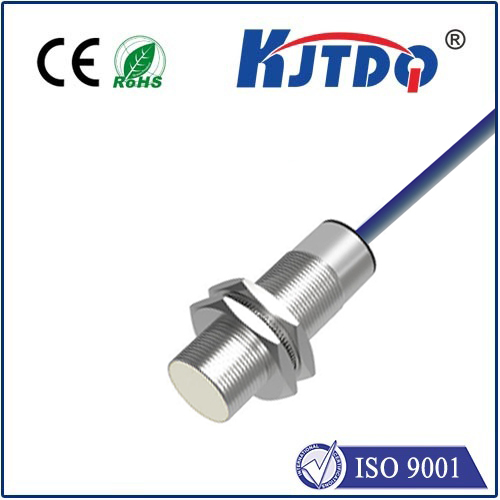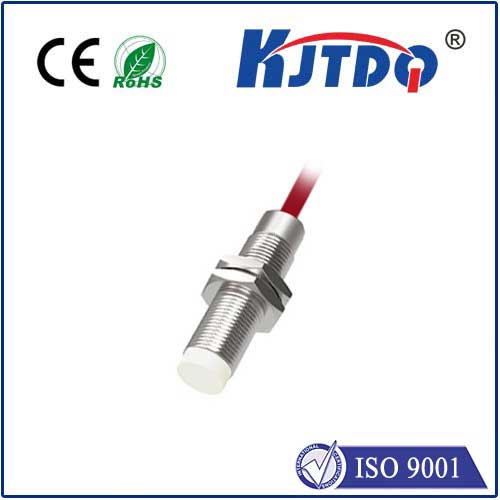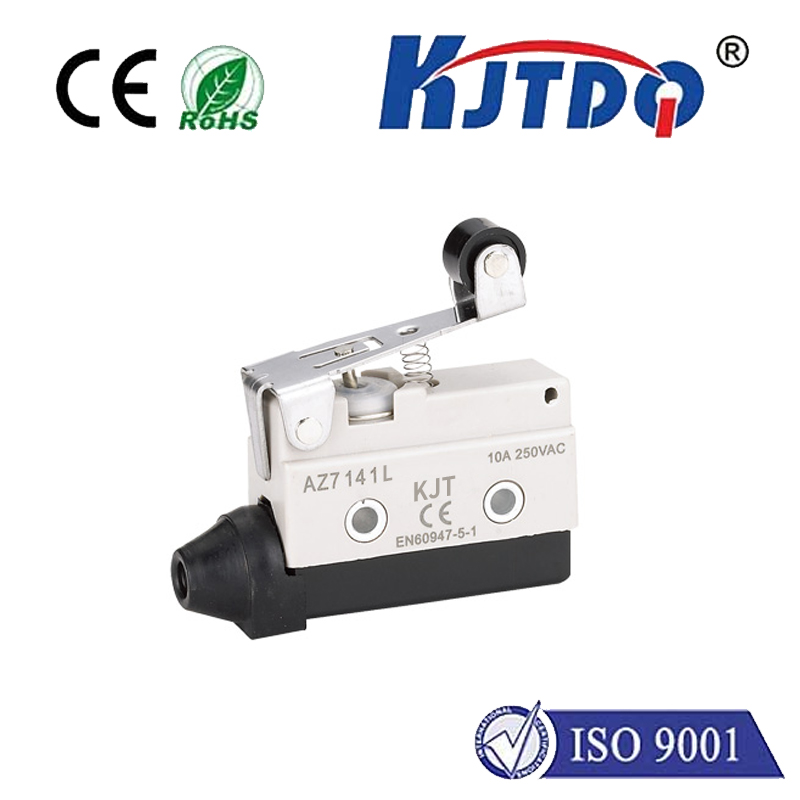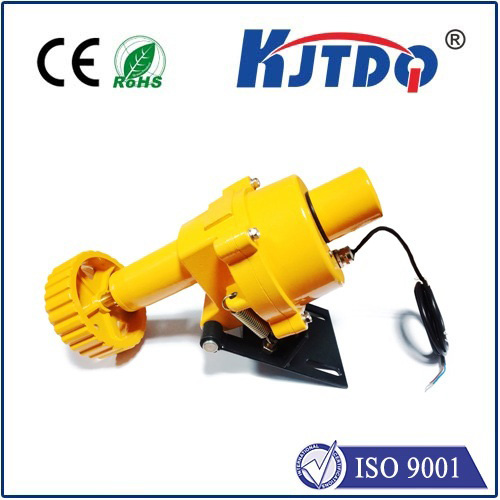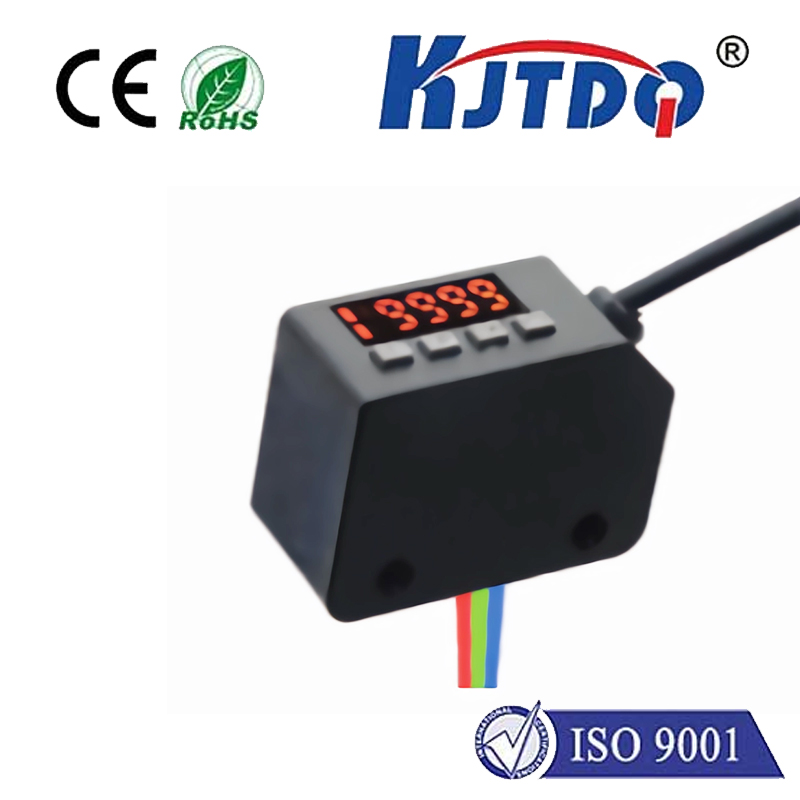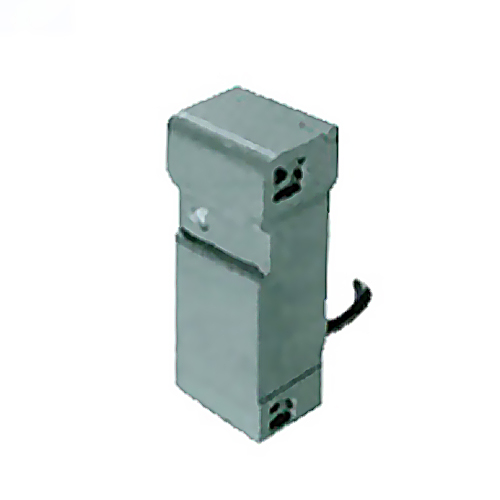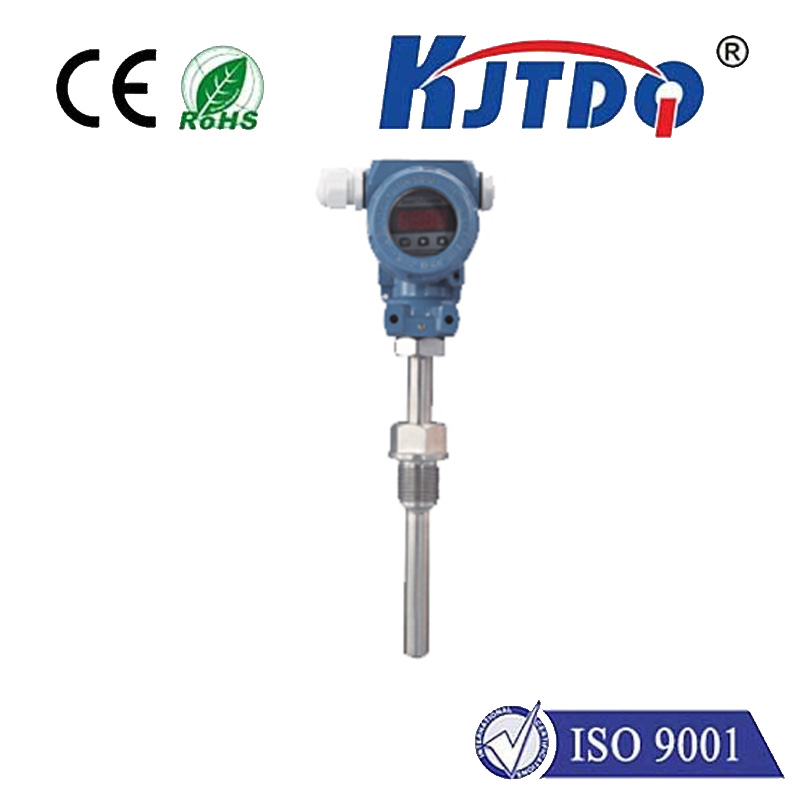

check

check

check

check

check

check

check

check

check

check
Waterproof Photoelectric Sensor: Revolutionizing Industrial Automation
In the world of industrial automation, sensors play a crucial role in monitoring and controlling various processes. Among these sensors, the waterproof photoelectric sensor stands out for its ability to withstand harsh environments and provide accurate measurements. In this article, we will explore the benefits and applications of waterproof photoelectric sensors in industrial automation.
The Importance of Waterproof Photoelectric Sensors
Waterproof photoelectric sensors are designed to be used in wet and humid conditions, making them ideal for industries such as food processing, pharmaceuticals, and semiconductor manufacturing. These sensors can detect the presence or absence of objects, measure distances, and count items as they move along a production line. They are also essential for safety applications, such as detecting potential hazards or ensuring that machinery is operating correctly.

Applications of Waterproof Photoelectric Sensors
One of the most common applications of waterproof photoelectric sensors is in packaging and labeling systems. These sensors are used to detect the presence of products on conveyor belts, ensuring that each item is properly packaged and labeled before moving on to the next stage of production. They are also used to count items as they pass through a production line, providing valuable data for inventory management and quality control.
Another application of waterproof photoelectric sensors is in machine vision systems. These systems use cameras and lighting to capture images of products, allowing for inspection and sorting based on size, shape, color, or other characteristics. Waterproof photoelectric sensors are used to trigger the camera's shutter at precisely the right moment, ensuring that the images captured are clear and accurate.
Safety is another important application of waterproof photoelectric sensors. They are often used in conjunction with other safety devices, such as light curtains and emergency stop buttons, to create a layered approach to workplace safety. By detecting potential hazards early on, these sensors can prevent accidents and injuries before they occur.
Benefits of Waterproof Photoelectric Sensors
The primary benefit of waterproof photoelectric sensors is their ability to operate reliably in wet and humid environments. This makes them an excellent choice for industries where traditional sensors may fail due to exposure to moisture or contamination. Additionally, these sensors are highly accurate, providing precise measurements that can help improve productivity and reduce waste.
Another benefit of waterproof photoelectric sensors is their ease of installation and maintenance. Many models are designed to be plug-and-play, requiring minimal setup time and no specialized training. Furthermore, since these sensors are resistant to corrosion and wear, they require less maintenance than other types of sensors, resulting in lower overall costs.
Conclusion
Waterproof photoelectric sensors are an essential tool for industrial automation, providing reliable performance in even the most challenging environments. With their ability to detect objects, measure distances, and count items accurately, these sensors have become a crucial component of many industrial processes. As technology continues to advance, it is likely that we will see even more innovative uses for waterproof photoelectric sensors in the future
